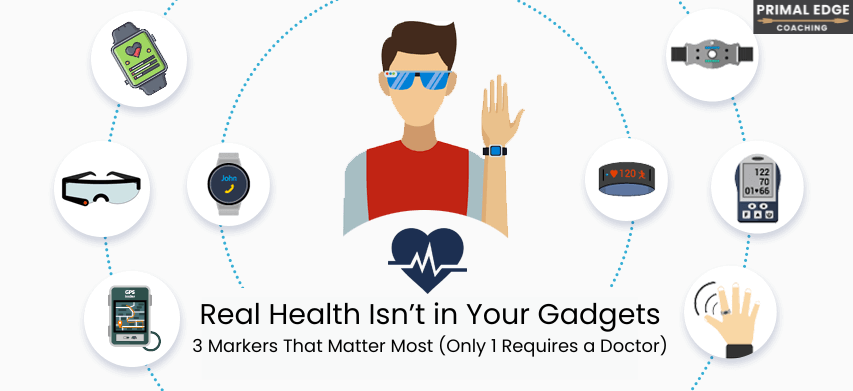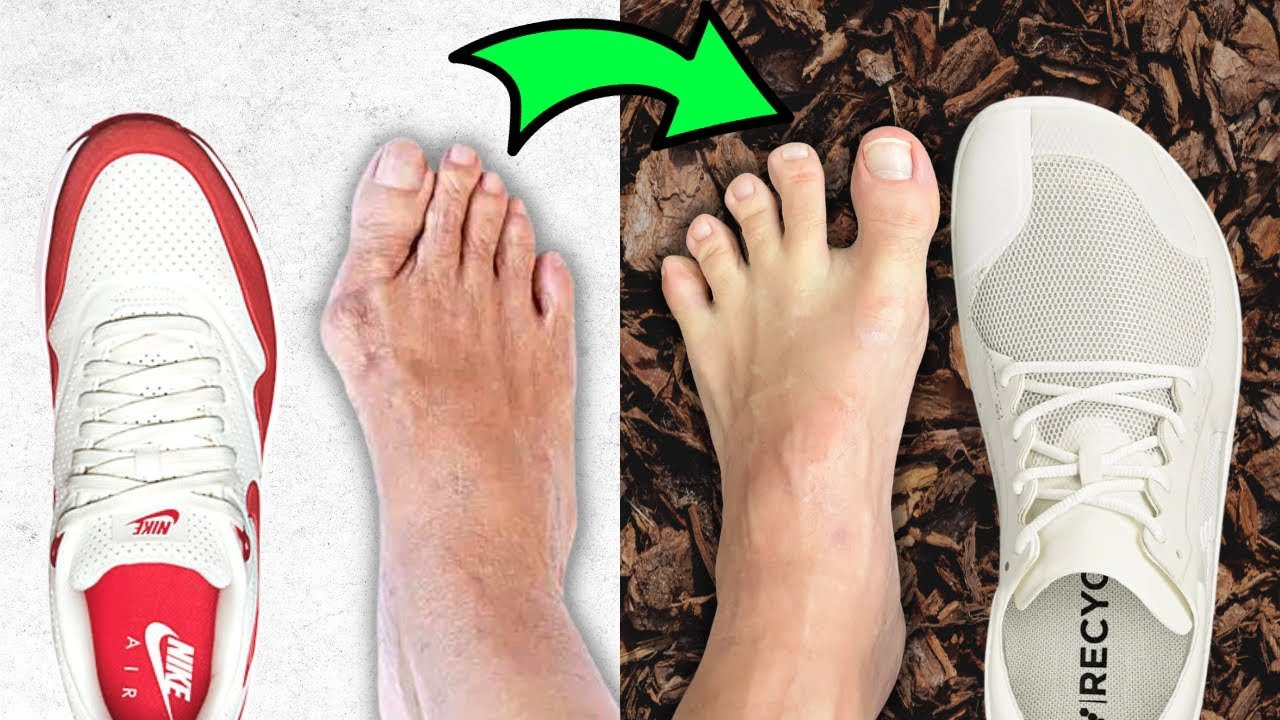It feels like every month a new gadget comes out promising to track your health — smart rings, smart scales, even a “smart fork” that vibrates when you eat too fast.
Sure, data has its place. But for most guys in their 30s and 40s, health doesn’t need to be complicated. You don’t need five devices strapped to your body or constant tracking to know if you’re on the right path.
In fact, there are three markers I recommend paying attention to — and two of them you can measure without ever stepping foot in a doctor’s office.
1. Fasting Insulin
Why it matters: Fasting insulin is one of the best predictors of long-term health. Chronically elevated insulin is at the root of most metabolic problems — the same dysfunction that drives heart disease, diabetes, obesity, and other chronic conditions.
How to measure it:
-
Ask your doctor for a fasting insulin test. (Note: many only run fasting blood glucose, which doesn’t tell the full story.)
-
You’ll need to be fasted for the blood draw.
A good goal: lower the total amount of insulin your body produces by eating in a way that improves metabolic health.
2. Body Composition (a.k.a. How You Look in the Mirror)
Why it matters: Extra body fat — especially around the abdomen — isn’t just cosmetic. Visceral fat wraps around vital organs, drives inflammation, and increases risk of disease.
How to measure it:
-
Body fat % can be tested at many gyms and clinics.
-
But honestly, the mirror tells the truth:
-
Do you look lean, strong, and carry muscle?
-
Or do you look soft, bloated, and carry most of your weight around the midsection?
-
A simple rule of thumb: aim for a healthy waist-to-hip ratio and visible signs of strength.
3. Strength
Why it matters: Strength is one of the most reliable predictors of longevity. Study after study shows that stronger people live longer and have better quality of life.
Or, as Art De Vany put it:
“How strong should you be? As strong as you can get, because muscle is medicine against developing metabolic disease.”
How to measure it:
-
A simple test: the leg press machine at the gym.
-
If you can press twice your bodyweight with both legs, you’re in a solid place.
Strength training doesn’t just add muscle — it’s protection against aging, disease, and loss of independence later in life.

The Bottom Line
Forget chasing dozens of confusing metrics. Focus on these three:
1. Fasting insulin
2. Body composition
3. Strength
If you’re doing well in these areas, you’re not just “healthy on paper” — you’re strong, active, and energetic in real life.







